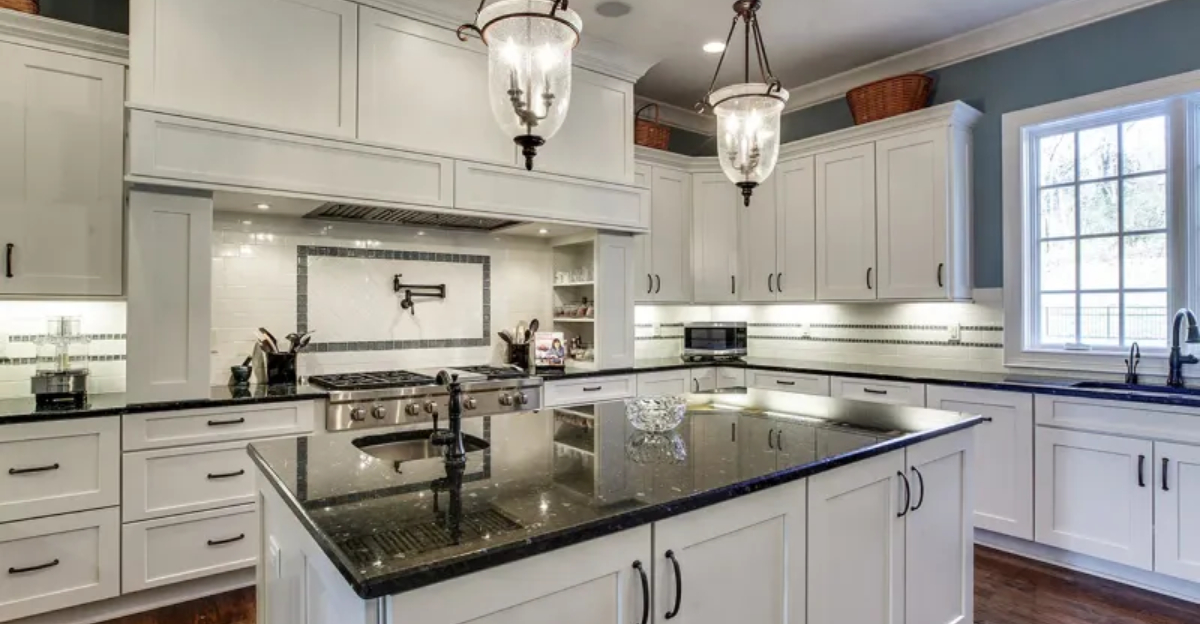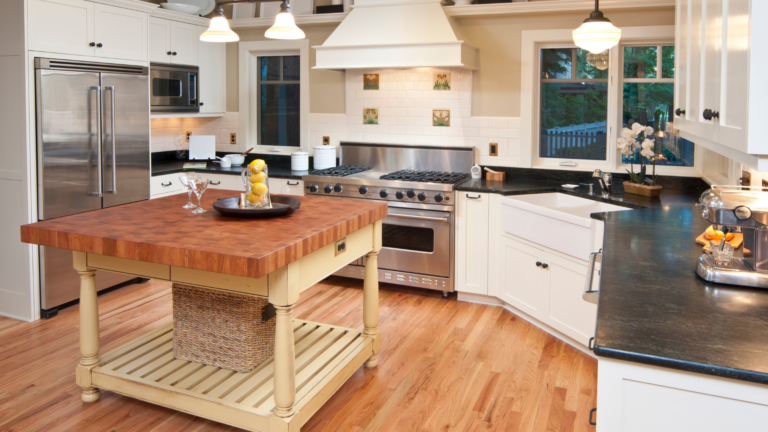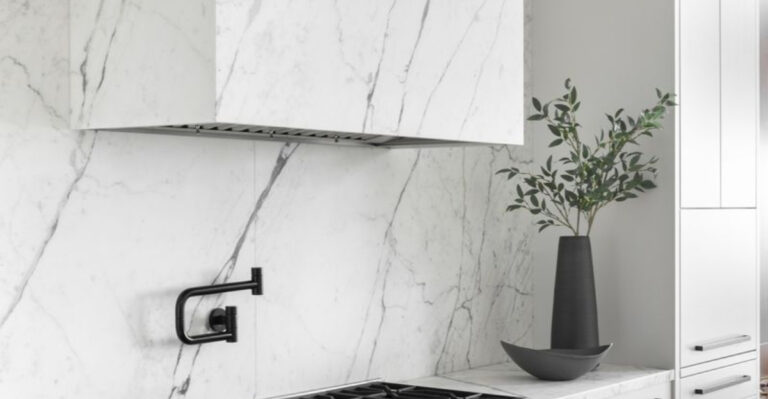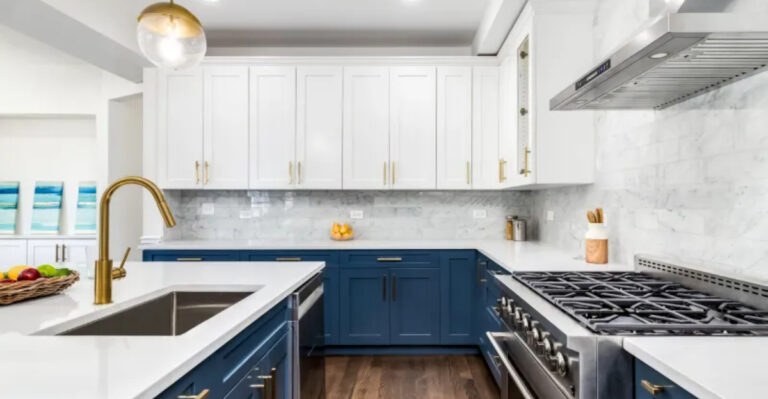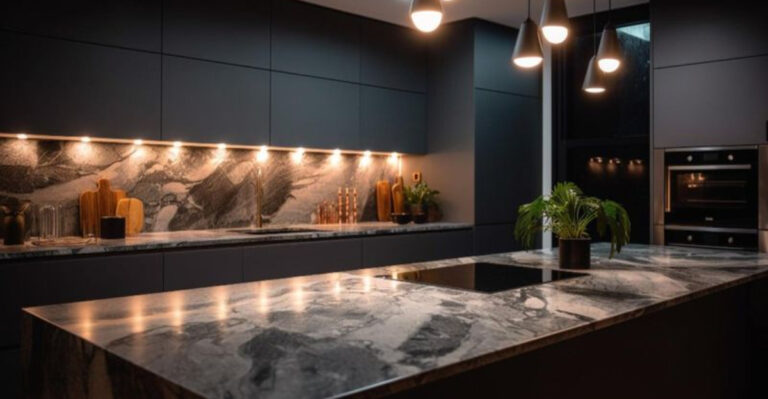10 Traditional Kitchens Experts Say Are Becoming Popular Once Again And 5 Absolute Stunning Choices
Remember when grandma’s kitchen was the heart of the home? Well, those nostalgic designs are making a major comeback in today’s homes.
Interior designers and kitchen experts are seeing homeowners embrace traditional elements that bring warmth and character back to cooking spaces.
Explore which classic kitchen styles are resurging in popularity and discover some breathtaking options worth considering for your next renovation.
1. Farmhouse Sinks Are Making A Splash
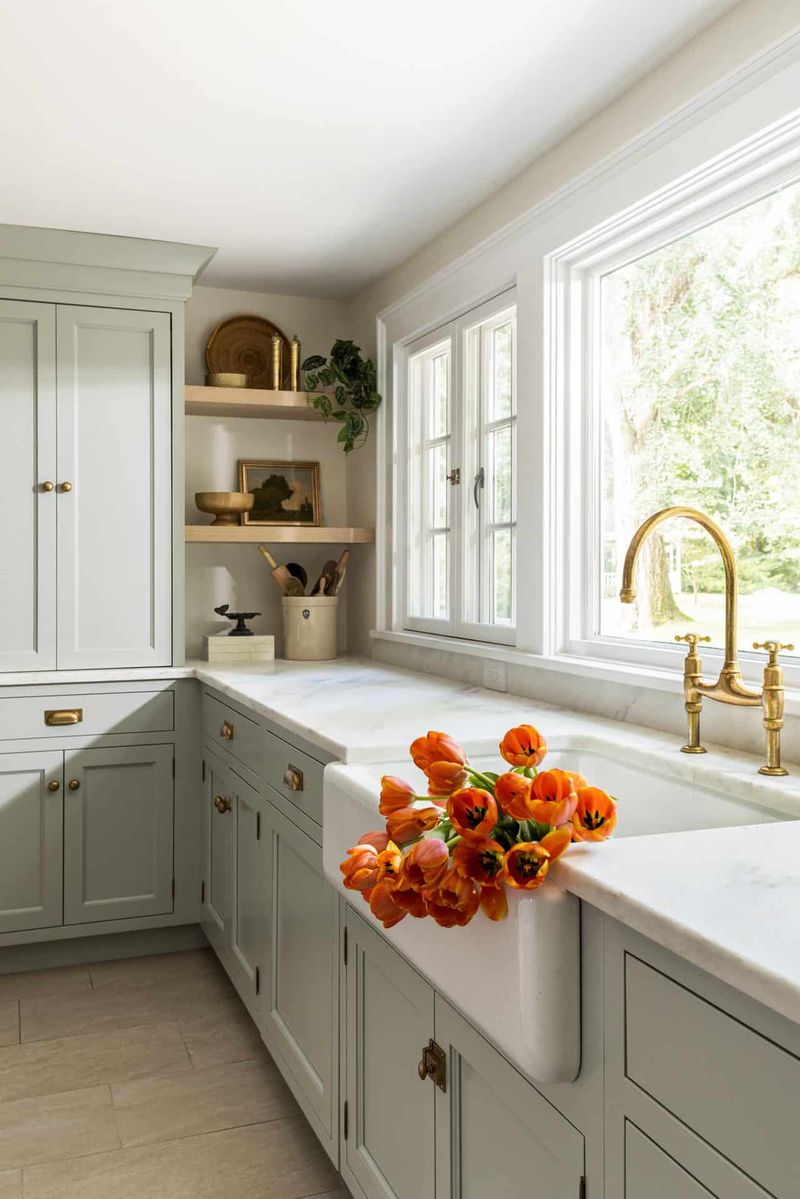
Would you believe these deep, wide basins have been around since the 17th century? Farmhouse sinks (also called apron-front sinks) are experiencing a renaissance in modern homes.
Their practical design allows you to stand directly against the basin without leaning over a countertop, reducing back strain. Plus, their generous size handles everything from large pots to piles of produce with ease.
2. Butler’s Pantries Return With Modern Purpose
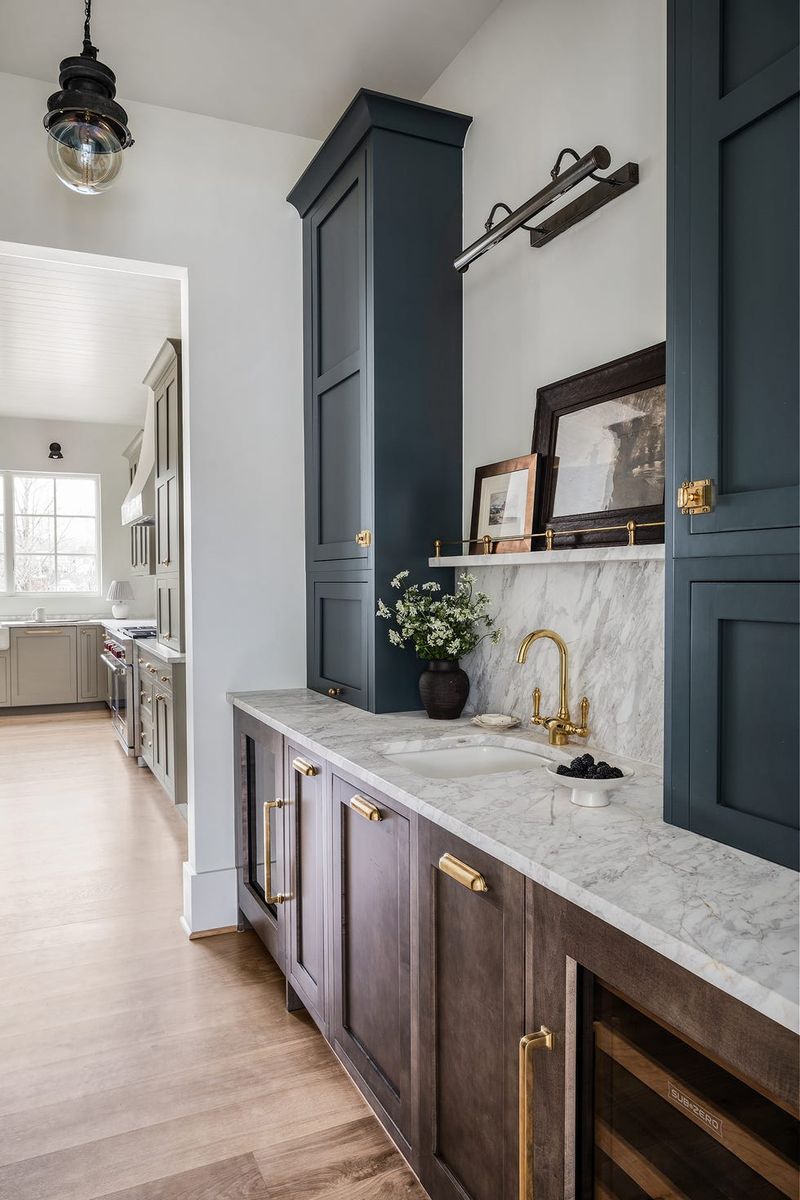
Between your kitchen and dining area sits the unsung hero of elegant entertaining – the butler’s pantry. This secondary prep space originated in wealthy 19th-century homes but now serves multiple practical purposes.
Modern versions typically feature additional storage, secondary sinks, wine refrigerators, and serving stations. They create the perfect buffer zone to hide kitchen mess while entertaining guests in adjacent dining spaces.
3. Shaker Cabinets Never Truly Went Away

Simplicity reigns supreme in kitchen design once again! Shaker cabinets, with their clean lines and minimalist appeal, have deep roots in 18th-century Shaker religious communities that valued craftsmanship and functionality.
What makes these cabinets timeless is their versatility. The straightforward five-piece door with recessed center panel works equally well in farmhouse kitchens, transitional spaces, or even alongside modern elements.
4. Hardwood Floors Bring Timeless Warmth

Nothing says traditional kitchen quite like the rich, amber tones of hardwood underfoot. Unlike trendy alternatives, hardwood floors have stood the test of centuries while gaining character with age.
Homeowners are increasingly choosing wide-plank oak, maple, and walnut for their durability and natural beauty. The subtle imperfections that develop over time tell a home’s story, creating an authentic lived-in feel that manufactured materials simply can’t replicate.
5. Freestanding Kitchen Islands Channel Old-World Charm
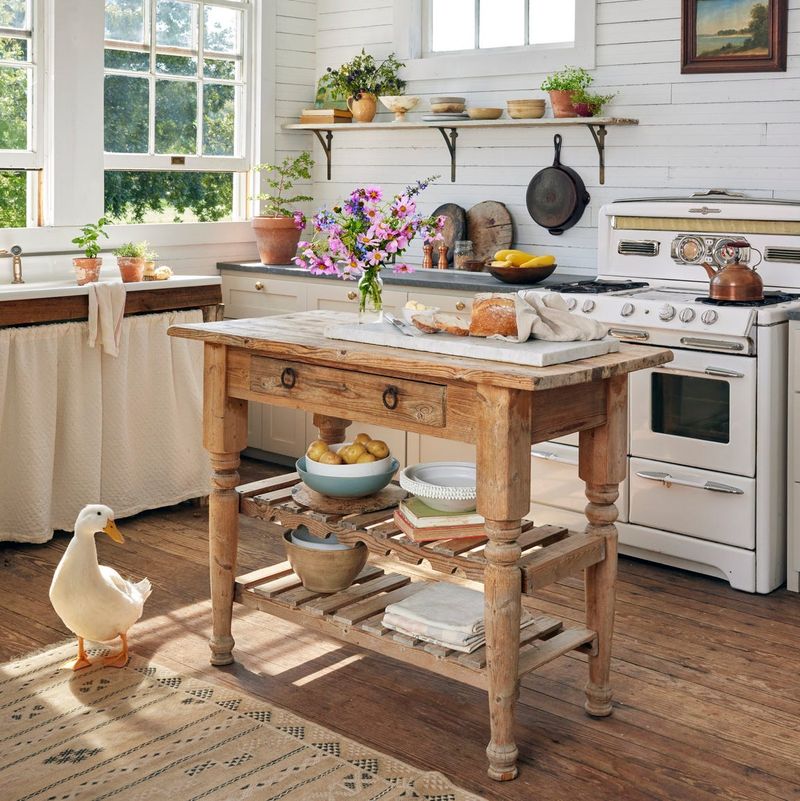
Forget built-in islands that match your cabinets! Repurposed furniture pieces serving as kitchen islands bring unique character that cookie-cutter designs can’t match.
Antique tables, vintage dressers, and old bakery cabinets transformed into workstations create focal points with history. Many homeowners are embracing these conversation-starting pieces that combine storage with distinctive style while breaking up the monotony of matching cabinetry.
6. Beadboard Backsplashes Add Subtle Texture

Sometimes the most impactful design elements are the quietest ones. Beadboard, those vertically grooved panels originally used as wainscoting in Victorian-era homes, are finding new life as kitchen backsplashes.
Beadboard provides gentle texture without overwhelming the eye. When painted in classic white or soft colors, it creates a seamless transition between cabinetry while adding architectural interest that feels authentically traditional.
7. Glass-Front Cabinet Doors Showcase Collections
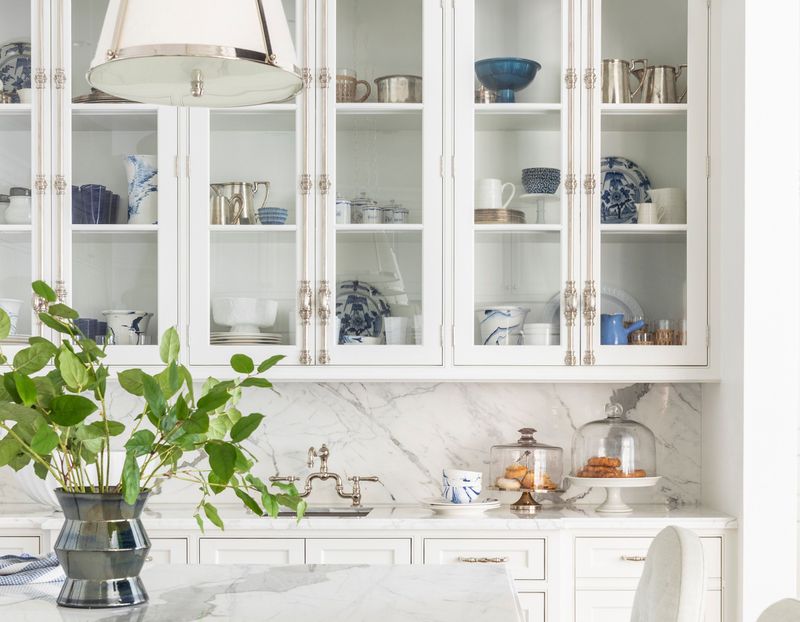
Grandma knew that beautiful dishes deserved to be seen! Glass-front cabinet doors are experiencing a resurgence as homeowners seek to display cherished collections rather than hiding everything away.
Whether showing off heirloom china, colorful pottery, or curated glassware, these transparent fronts create visual breathing room in solid cabinetry. Many designers recommend limiting glass doors to upper cabinets and interspersing them strategically to create balanced focal points.
8. Plate Racks Bring Practical Display Options
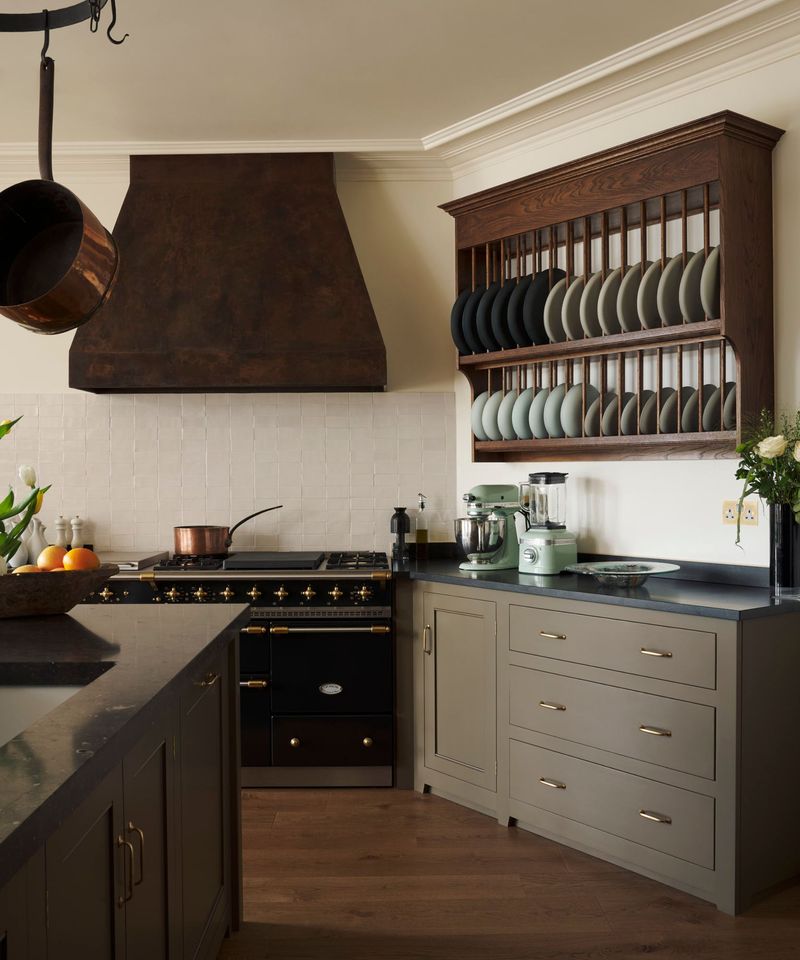
Across Europe for centuries, open plate racks have been kitchen workhorses – and now they’re making a stylish comeback stateside. Unlike closed cabinets, these vertical storage solutions keep frequently used dishes accessible while creating visual interest.
Modern interpretations range from wall-mounted racks to dedicated cabinet sections with grooved shelving. Beyond practicality, they introduce an authentically old-world element that instantly makes kitchens feel more collected and less manufactured.
9. Inset Cabinetry Showcases Fine Craftsmanship
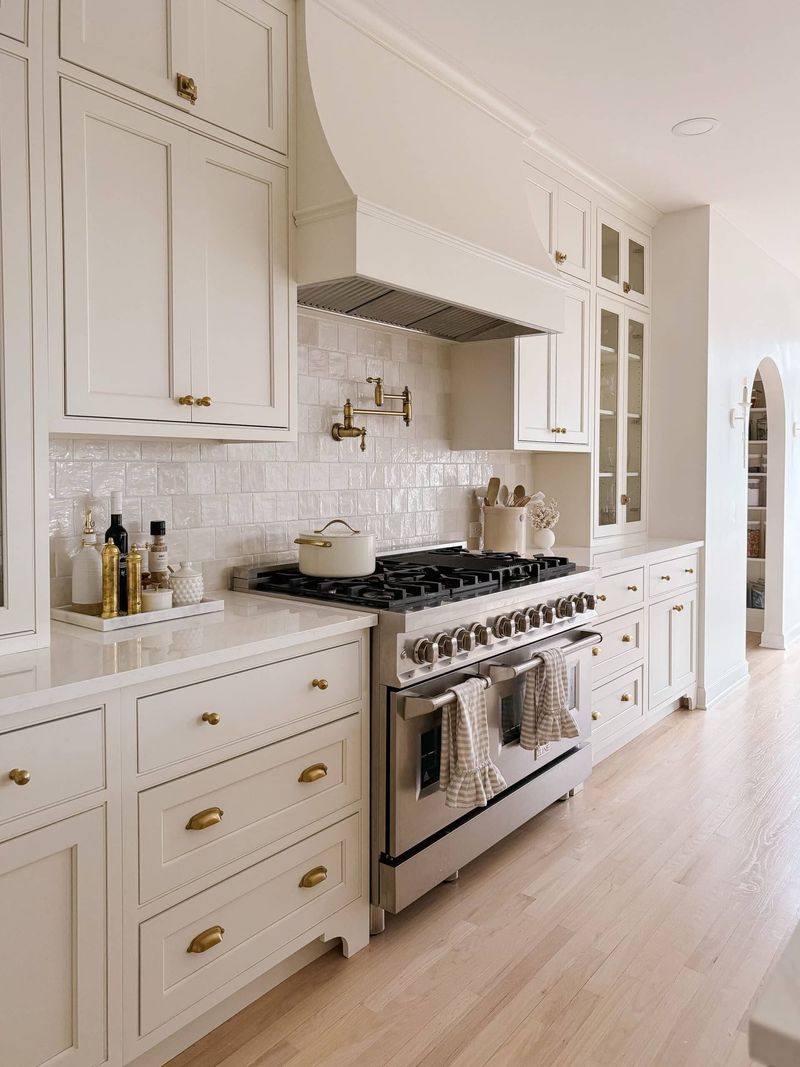
Long before mass production, cabinetmakers took pride in precision-fit doors that sat flush within their frames. This technique, called inset cabinetry, is experiencing renewed appreciation among homeowners seeking authentic traditional details.
Inset doors require exacting craftsmanship to maintain consistent, tiny gaps around each door and drawer. The result is a refined, furniture-quality appearance that signals attention to detail throughout the entire kitchen.
10. Vintage-Inspired Lighting Fixtures Illuminate With Character
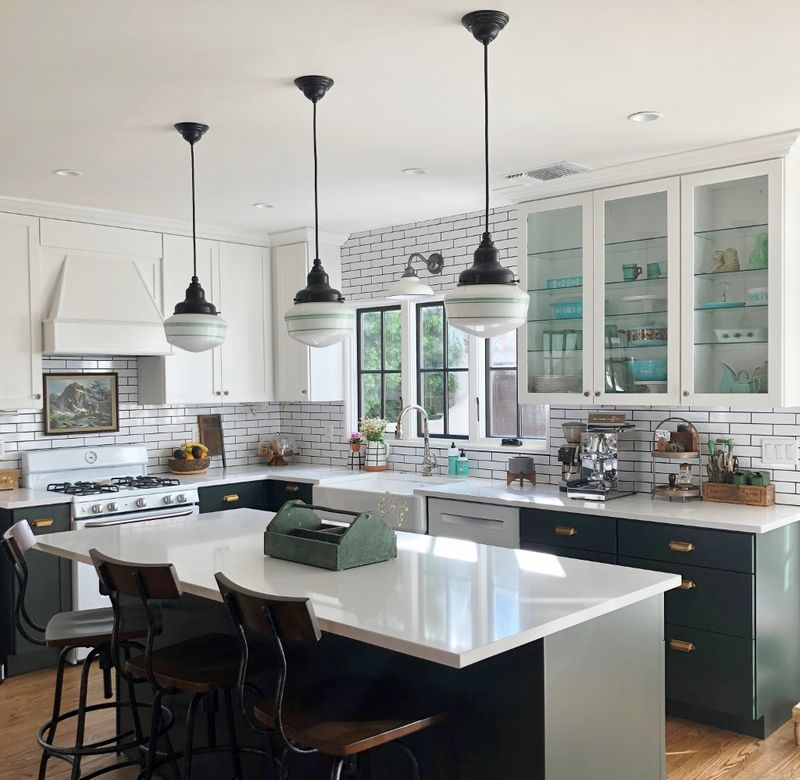
Hanging above kitchen islands and sinks across America, mass-produced pendant lights are being replaced with fixtures that tell stories. Schoolhouse pendants, industrial factory lights, and repurposed antique fixtures bring authentic period charm to modern kitchens.
What’s particularly appealing about vintage-inspired lighting is how it creates an instant focal point. Even in otherwise simple kitchens, these character-rich elements draw the eye upward while casting warm, inviting light that flatters both the space and its occupants.
11. Marble Countertops Embrace Natural Imperfection

From ancient Roman villas to Parisian patisseries, marble has graced the world’s most beautiful kitchens for millennia. Today’s homeowners are rediscovering its timeless appeal, particularly Carrara and Calacatta varieties with their distinctive gray veining.
What’s changed is our relationship with marble’s natural characteristics. Rather than expecting pristine perfection, many now appreciate how marble develops a patina over time. These subtle etchings and wear patterns tell the story of meals prepared and memories made.
12. Copper Accents Add Warmth And Character

Since ancient civilizations first crafted cooking vessels, copper has been prized for its exceptional heat conductivity and natural antimicrobial properties. Today’s traditional kitchens are incorporating this rosy metal in ways both practical and decorative.
From statement range hoods and farmhouse sinks to smaller touches like cabinet hardware and cookware, copper develops a rich patina that deepens over time. This living finish creates a sense of history that brand-new kitchens often lack.
13. Breakfast Nooks Create Intimate Gathering Spaces
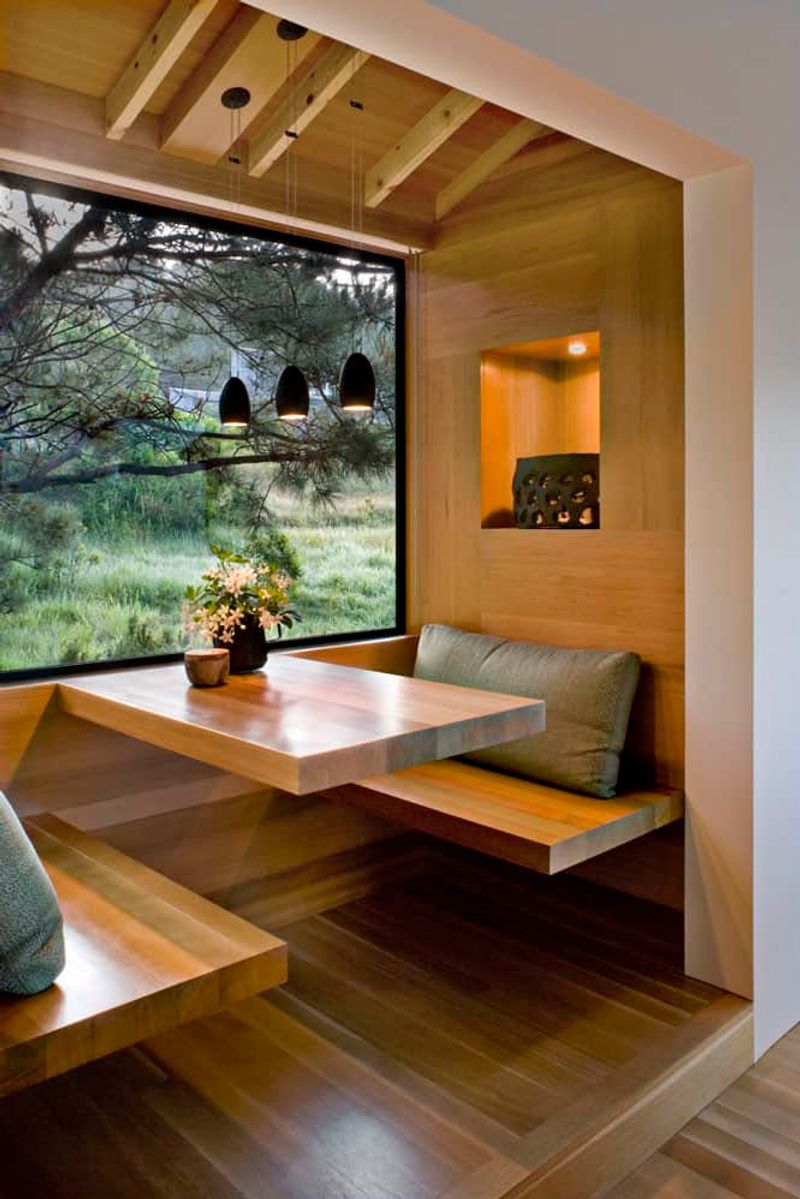
Before open concept took over, kitchens often featured cozy eating areas where families gathered for casual meals. These breakfast nooks are returning as homeowners seek intimate spaces that foster connection.
Modern interpretations typically feature built-in bench seating, pedestal tables, and abundant natural light. These casual spaces invite lingering conversations over coffee or homework sessions while dinner cooks nearby.
14. Scullery Kitchens Separate Work From Display
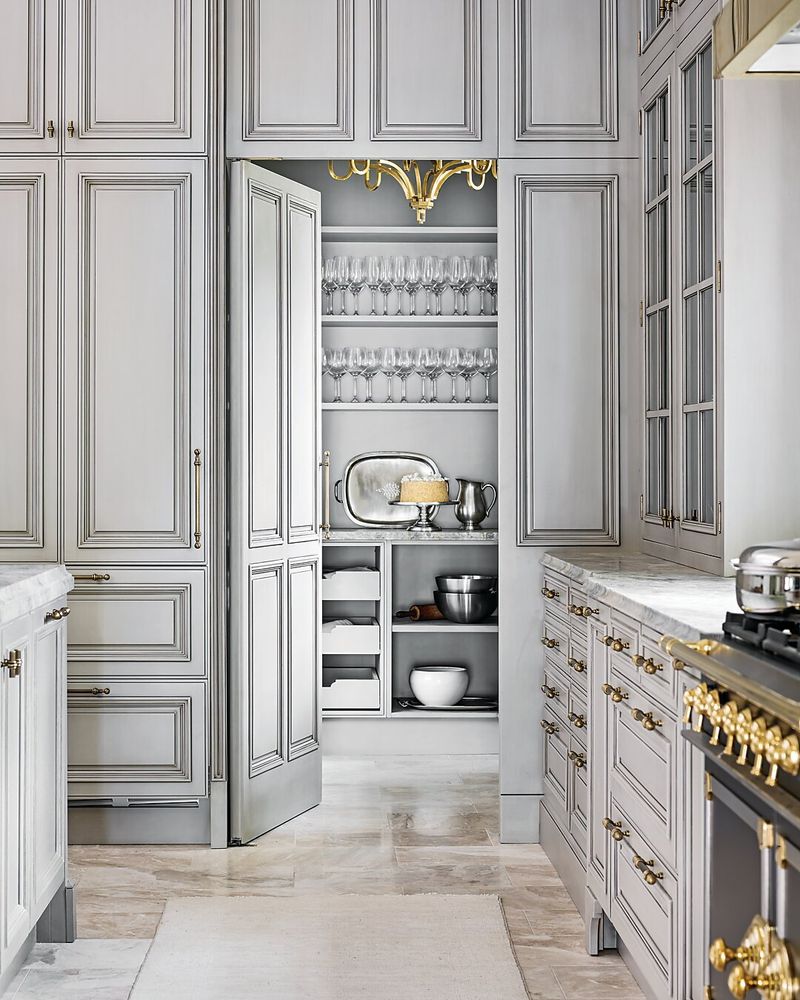
In grand Victorian homes, messy kitchen work happened behind closed doors in sculleries while the main kitchen remained presentable. This concept is experiencing a luxurious revival in larger homes today.
Modern sculleries function as secondary work kitchens housing dishwashers, prep sinks, and appliance storage. This separation allows the main kitchen to focus on entertaining while hiding cleanup. For serious cooks who entertain frequently, this two-kitchen approach offers the best of both worlds.
15. Coffered Ceilings Add Architectural Grandeur
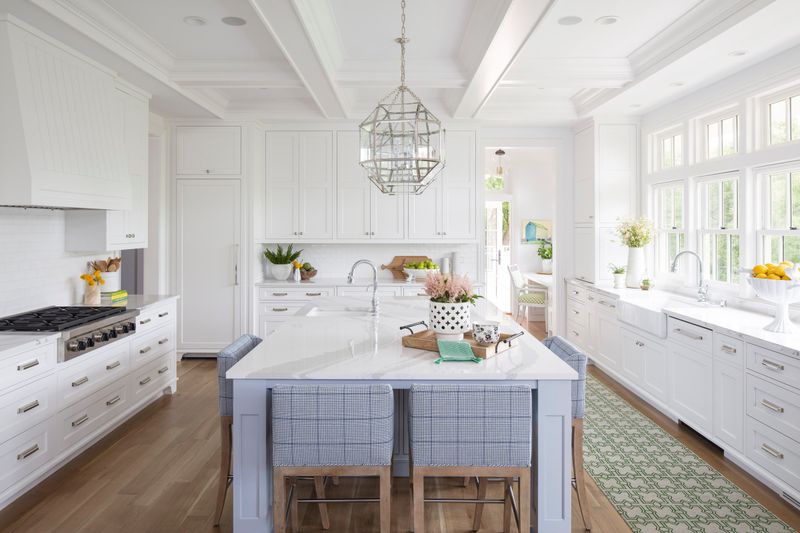
Cast your eyes upward in a truly exceptional traditional kitchen and you might spot the geometric elegance of a coffered ceiling. These grid-patterned recessed panels have adorned important buildings since ancient Rome.
Beyond their visual impact, coffered ceilings serve practical purposes by improving acoustics in large kitchens. They also create natural opportunities for defining zones in open layouts while adding a sense of permanence and craftsmanship that flat ceilings simply cannot achieve.

